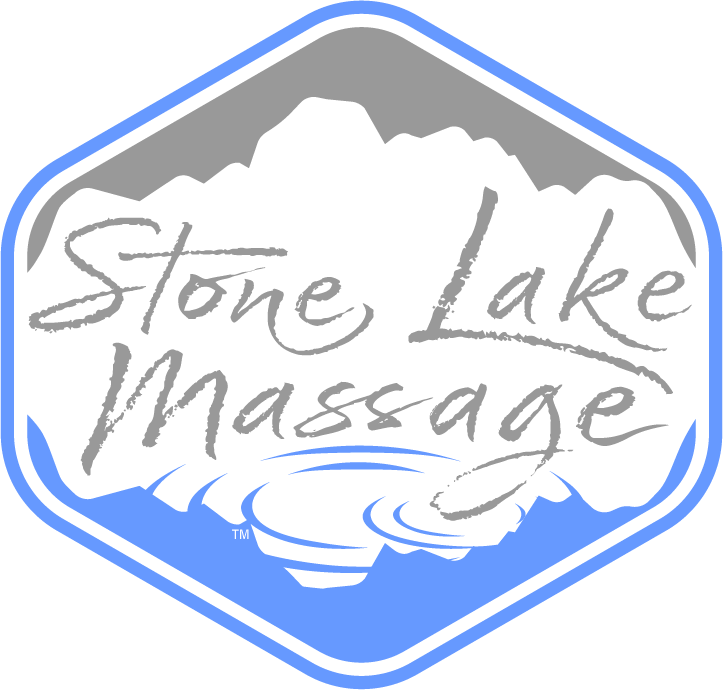What is a soft tissue injury?
Most people seeking medical massage do so because of an injury they have already sustained. Traumatic injuries, such as those from sports or car accidents, come from a specific event that you can point to as the cause of the problem. These include sprains and strains, whiplash, muscle spasms, acute nerve compressions, and more. Repetitive stress injuries come from doing a motion over and over, slowly straining the muscles and causing pain and reduced range of motion. Common examples include tennis and golfer’s elbow (both of which can happen to a person who does not play tennis or golf), swimmer’s knee, carpal tunnel syndrome, and rotator cuff injuries, among others.
How Massage Can Help
Massage helps soft tissue injury recovery by improving circulation, breaking up adhesions, loosening tight muscles and fascia, and easing trigger points. This makes all of your muscles and fluids to move smoothly through your body and heal naturally. Massage causes vasodilation, an expansion or opening of the blood vessels. This allows more space for fluids to flow, lowers your blood pressure, removes toxic metabolic waste, and brings in the nutrients, oxygen, and hormones your body needs to heal. This influx of fluids into the soft tissues lubricate them so the layers can slide across each other more easily, breaking up and preventing adhesions, which are places where layers of soft tissue stick to each other. Massage also encourages muscles and fascia to release tension surrounding the injury, decreasing pain and giving the injury more space to heal. Trigger points are places in muscles that cause pain or other sensations elsewhere in the body, and they can be responsible for otherwise unexplainable pain. For example, there are trigger points in the neck that, when active, can cause headache pain in specific patterns. Trigger point therapy eases trigger points and eliminates referred pain.
Scar tissue is also a concern with injury recovery. Your body fixes all torn or cut soft tissue with scar tissue, making it the universal glue of the body. It is healthy for scar tissue to form; if it did not form, our injuries would never heal. It can become problematic because scar tissue is laid down chaotically, while the damaged tissue has order and direction that are important to its function. You may have heard massage therapists talking about “breaking up” scar tissue, but this is not an accurate way to think about it. Massage is stretching, lubricating, and encouraging scar tissue to lay down in line with the tissue it repaired, then helping it stop forming when it is appropriate to do so. When left to its own devices, scar tissue can cause multiple layers of soft tissue to be glued together permanently, impeding range of motion and causing pain.
